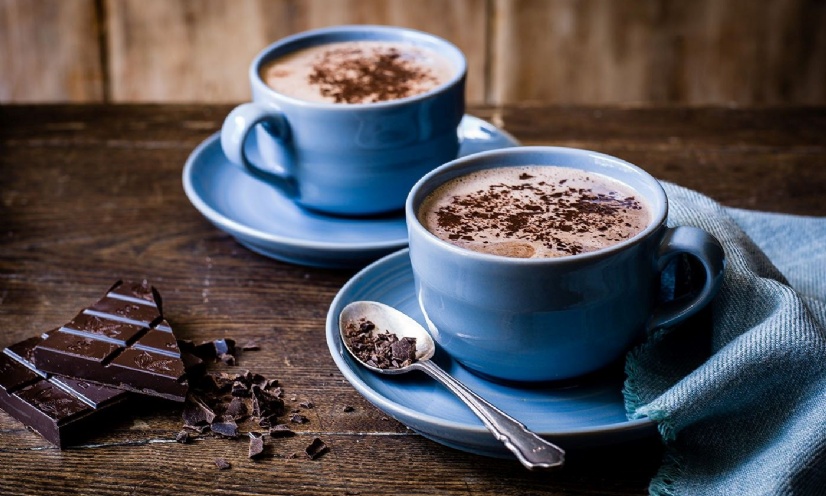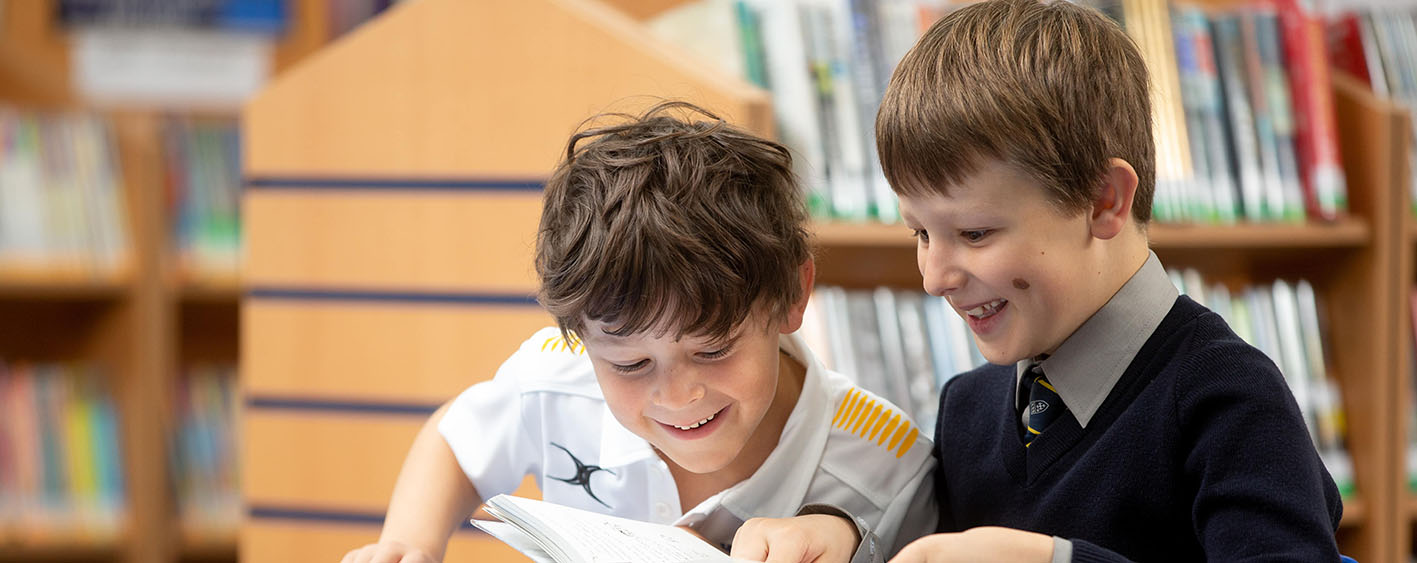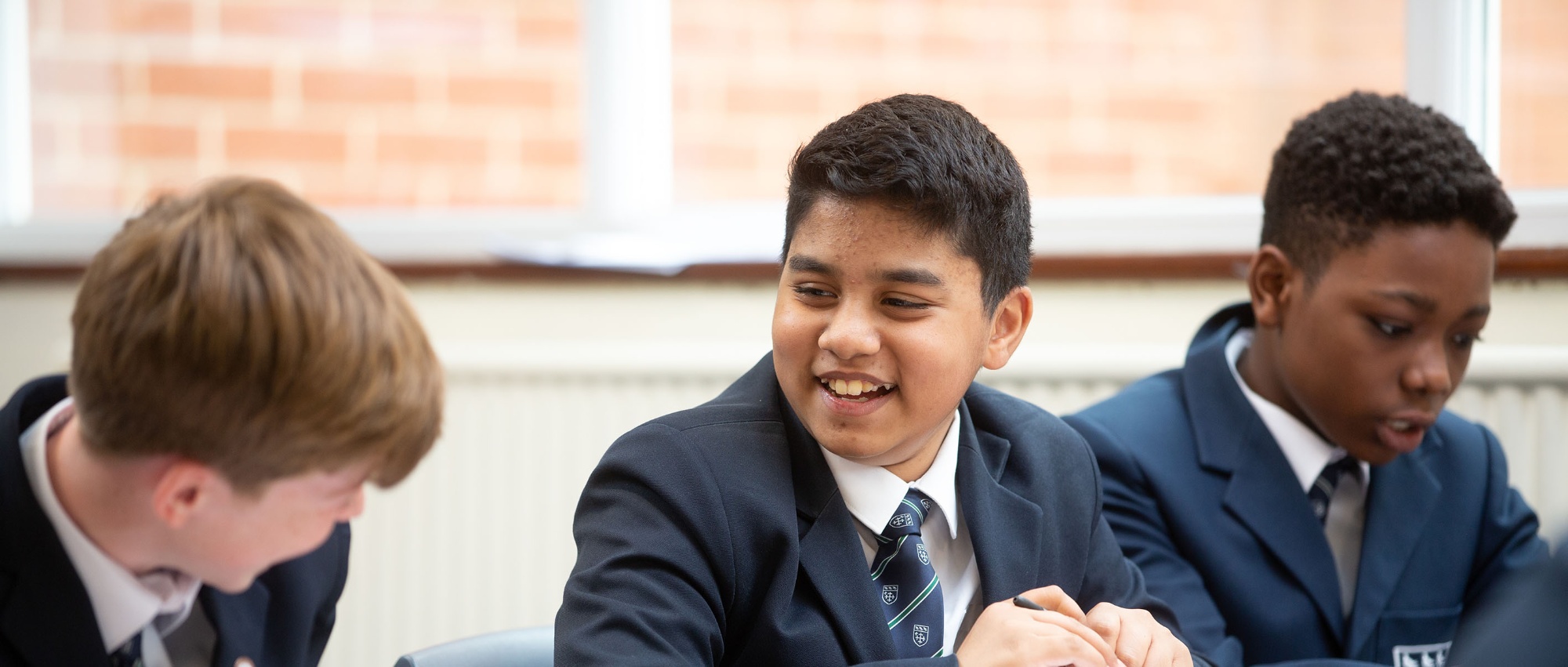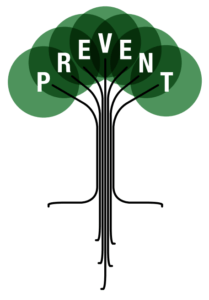Light up the dark months

These are dark and uncertain times for all of us. This particular December day is not exactly helping! In terms of our own and our children’s well-being, it’s important to be aware that both literal and metaphorical darkness have their effect.
There are good psychological reasons why humans in all cultures have festivals of light at the dark times of year. The house across from mine is festooned with fairy lights, hot on the heels of the light-up, inflatable pumpkins! I might question the taste but I understand the impulse to light up the night and appreciate the time and effort expended.
In the darker months, we also want to ‘hibernate’, snuggling up with books, box sets and blankets, tending to reduce our exercise and our social interactions, unless we’re forced out to be jolly at Christmas. Think of the favourite images of Christmas – they’re more about log fires, mince pies and mulled wine than brisk country walks and downhill ski-ing. The Danish concept of hygge sums up the go-to place for many of us in winter. https://www.youtube.com/watch?v=A2lnlAOAcKQ
So how should we look after our own well-being and that of our children in the winter? Should we give in to that urge to ‘hibernate’ or what? If we or are children are feeling ‘a bit low’, do we put it down to the winter blues or should we be concerned?
The first thing to say is that as parents and those responsible for young people’s welfare, we can NEVER be complacent and we need to remain vigilant. Adolescents are notoriously moody and display all sorts of perplexing behaviours. They can start avoiding friends and social situations, sleep and eat erratically, suffer extremes of irritability, loneliness or misery, feel that everything is pointless or hopeless, feel apathetic and low in energy and they can be experts at beating themselves up! At some point in the Christmas holidays, they may do all of these things!
The difficulty for those who care for them is that all those ‘teenage’ behaviours could be signs of depression and must, if they are persistent and seem intractable, be taken seriously. They can also be masked by the ‘hibernation’ tendency of the winter months. If you are concerned, do get in touch with one of the Wellbeing team and also take your son to see the GP. Growing fast, exercising a lot and eating erratically can lead to vitamin and mineral deficiencies, which can also contribute to low mood and irritability, so asking for a blood test is usually a good idea.
So what can you do to support your own and your children’s well-being in the dark months?
Danish hygge plus healthy eating
Substantial doses of Danish hygge would not be a bad idea! The Danes have a shorter life expectancy than other Scandinavians, perhaps because hygge involves a real enjoyment of comfort food and chilling out, but they are consistently rated as being happier than the rest of us! So keep up the 5 fruit and veg as a general thing but do allow indulgence in the comforting things of life from time to time, especially at this time of year!
Spend time with friends
It can be difficult at Christmas when we may have to spend time with people we wouldn’t normally choose to spend time with! Be aware that this can cause real resentment for some teenagers and ensure they get plenty of time to be with their friends as well!
Keep some exercise going
We do have a natural tendency to reduce exercise in the winter months and I don’t want to stress everyone out by insisting that we should all be out there pounding the streets and going against the hedgehog urge – but it would still be good to get bums off seats and heads into the fresh air to some extent! Exercise remains a natural mood lifter, even in terrible weather!
Sleep!
Rev Hewitt and I often write and talk about sleep and this often comes easier in the winter months. One reason for that is that it’s easier not to overheat! Our core body temperature needs to drop for sleep so go easy on the thick duvets and the central heating in bedrooms.
Be clever with lighting
It’s also important to make a clear distinction between daylight and dark – hard when the days are so short and gloomy.
 Bring on the Christmas lights and make sure that room lights are bright in the mornings, despite groans from the mounds beneath the duvets! Save the cosy hygge lighting for the evenings. Bear in mind too, that Seasonal Affective Disorder (SAD) affects young people as well as adults. If you notice a marked lowering in mood and disposition in your child between summer and winter, consider encouraging the use of a special lightbox designed to treat SAD. If you do, the more powerful ones are (predictably!) more effective but unfortunately, they are also more expensive.
Bring on the Christmas lights and make sure that room lights are bright in the mornings, despite groans from the mounds beneath the duvets! Save the cosy hygge lighting for the evenings. Bear in mind too, that Seasonal Affective Disorder (SAD) affects young people as well as adults. If you notice a marked lowering in mood and disposition in your child between summer and winter, consider encouraging the use of a special lightbox designed to treat SAD. If you do, the more powerful ones are (predictably!) more effective but unfortunately, they are also more expensive.
Laugh!
Laughter is hugely therapeutic, even laughing over terrible cracker jokes. If choosing family games, include some that will have you all falling about laughing. Watch your favourite sit-coms and comedians. There’s a time for dark dramas and deep documentaries, but December might not be it!
So let’s hear it for Christmas cheer! You might not want to go as far as my neighbours and deck your house with LED lights and tinsel but putting up the Christmas tree sooner rather than later, buying an economy pack of drinking chocolate and booking a festive trip to the Snowdome might have more impact that you thought!
Oh and here are a couple of my favourite cracker jokes:
- Q: Why did the scarecrow get a Christmas bonus?
A: Because he stood out in his field. - Q: What did the buffalo say to his son when he went to school?
A: Bison.
Happy Christmas!
by Meg Harper, School Counsellor














